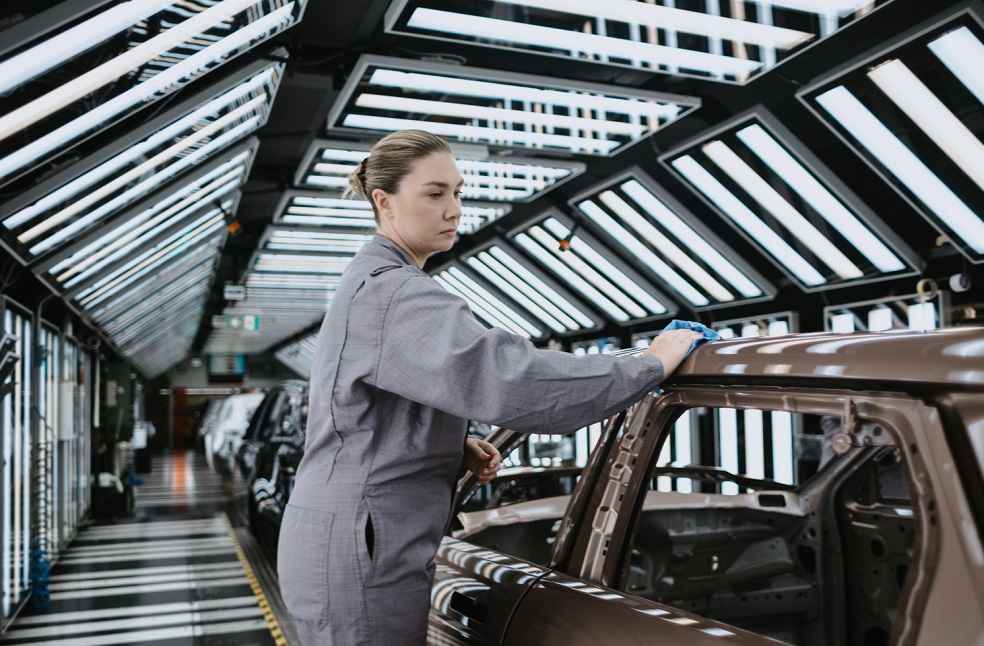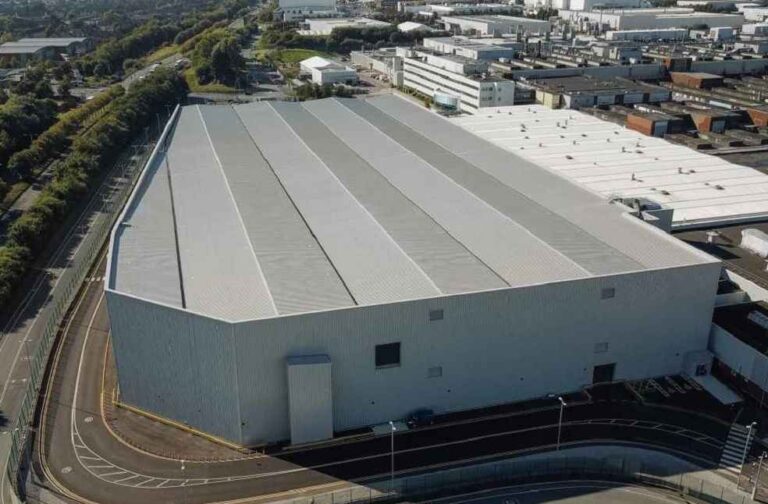Jaguar Land Rover (JLR) invests £500 million to overhaul its historic Halewood plant. The site, initially built in 1963 for the production of the Ford Anglia, is undergoing a transformation that will facilitate the production of electric vehicles (EVs) alongside existing combustion and hybrid models.
This major capital injection is part of a larger initiative to prepare JLR’s operations for the electric age. £250 million has already been channelled into the project, with more than one million hours of construction logged over the past 12 months. The expansion added 32,364 square meters to the facility, designed to produce JLR’s medium-sized luxury electric SUVs on the innovative Electric Modular Architecture (EMA) platform.
Halewood, already a powerhouse for iconic models such as the Range Rover Evoque and Discovery Sport, now features cutting-edge technology, including EV-specific production lines, 750 autonomous robots, advanced laser alignment, and cloud-driven plant management systems. This move places the facility at the forefront of JLR’s electrification strategy, setting it up to be the company’s first all-electric production site.

JLR’s Reimagine strategy underscores this major shift, targeting full electrification across all its brands by 2030, and a carbon-neutral footprint by 2039. The company envisions Halewood playing a critical role, transitioning from its current multi-powertrain operations to producing exclusively electric vehicles.
Executive Director of Industrial Operations, Barbara Bergmeier, praised the efforts behind this shift, emphasising the synergy between teams and suppliers that made it possible to outfit the plant with the next generation of production technologies.
To prepare for the coming wave of EV production, Halewood’s infrastructure has been extensively upgraded. A new body shop can now produce 500 vehicle bodies daily, while the final assembly line has been extended from 4km to 6km, allowing for seamless battery integration. Autonomous Mobile Robots (AMRs) have also been introduced, working alongside technicians to install high-voltage batteries. Over 1,600 employees have completed High Voltage Training as part of JLR’s ongoing Future Skills Program.

JLR’s ambitions extend beyond production to sustainability goals. Renewable energy will power a portion of the facility, with plans for 18,000 photovoltaic panels generating 8,600 GWh annually, equivalent to 10% of the site’s energy needs. The initiative also seeks to reduce the facility’s carbon output by 40,000 tonnes by 2039.
As JLR embraces the digital future, Halewood has been equipped with Advanced Driver Assistance System (ADAS) calibration rigs that ensure precise safety measures for vehicles destined for autonomous driving. The facility has already completed test builds of EMA body shells, marking a significant step toward full-scale electric production.
NEW LAUNCH | Duvenbeck and Farizon Partner to Drive Green Logistics with Electric Homtrucks





